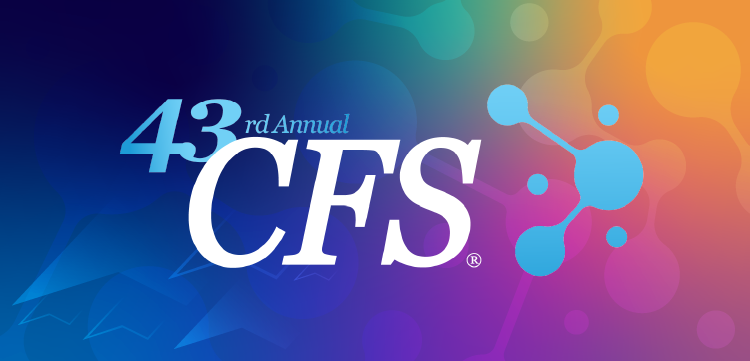
Stool-Based Testing for Colorectal Cancer Screening is On the Rise: Expert Perspective with Mark Fendrick, MD
The increase in stool-based CRC testing is a logical trend, Hendrick said in an interview, given the convenience plus the 2 million younger adults now eligible for screening.
In this video interview, Hendrick highlights trends driving more widespread use of stool-based tests including the
The following transcript has been lightly edited for clarity.
I think it’s worthwhile to step back a bit. Those of you in primary care know that, unlike many other areas of screening, evidence-based guidelines recommend several different modalities for colorectal cancer screening. The most commonly performed is still screening colonoscopy, which we’ll talk about in more detail later. After that, we have the stool-based tests, primarily divided between FIT and stool DNA tests.
It’s really important for clinicians to have shared decision-making conversations with patients to determine their preferred screening modality. It shouldn’t come as a surprise that stool-based testing is becoming more common. There are a few reasons for that: first, the convenience of at-home testing; second, the backlog of colonoscopy appointments, driven by 20 million newly eligible Americans after the screening age was lowered from 50 to 45; and third, the additional backlog from the COVID-19 pandemic. At the same time, we’re not training more gastroenterologists or expanding endoscopy capacity. So, screening colonoscopies are decreasing, while stool-based testing is on the rise.
When we choose stool-based testing, several factors come into play. One key factor, both for us and for patients, is accuracy. Numerous studies, including presentations at this year’s [Digestive Disease Week] meeting, continue to show that stool DNA tests have superior diagnostic accuracy compared to FIT.
Another important consideration is the testing interval. Stool DNA testing can be performed every three years, whereas FIT requires annual testing. That’s something patients appreciate.
One critical point we need to emphasize is what happens if a stool test is positive. Patients don’t complete the cancer screening process until they undergo a follow-up colonoscopy. From our studies—and older studies as well—we know that adherence to initial stool DNA testing is higher than to FIT. Importantly, our newer data show that this adherence advantage carries through to follow-up colonoscopy as well.
Regardless of patient age, facility type, or whether physicians or non-physicians order the test, stool DNA tends to lead to better adherence—both for the initial screening and for completing follow-up colonoscopy. And honestly, we need to bring much more attention to this point: I’d rather not know someone tested positive than know they tested positive and then lose them to follow-up, not knowing whether they actually have cancer.
Newsletter
Enhance your clinical practice with the Patient Care newsletter, offering the latest evidence-based guidelines, diagnostic insights, and treatment strategies for primary care physicians.





















































































































































































































































































